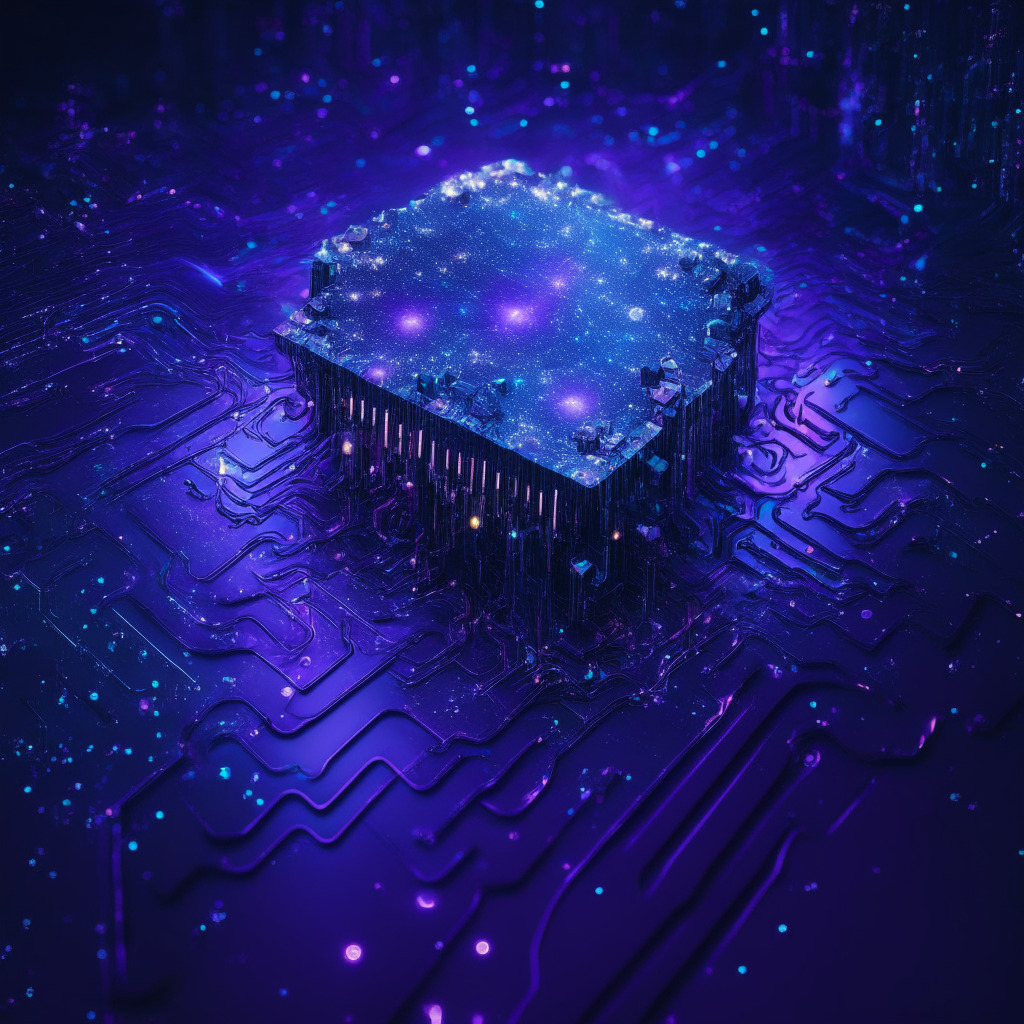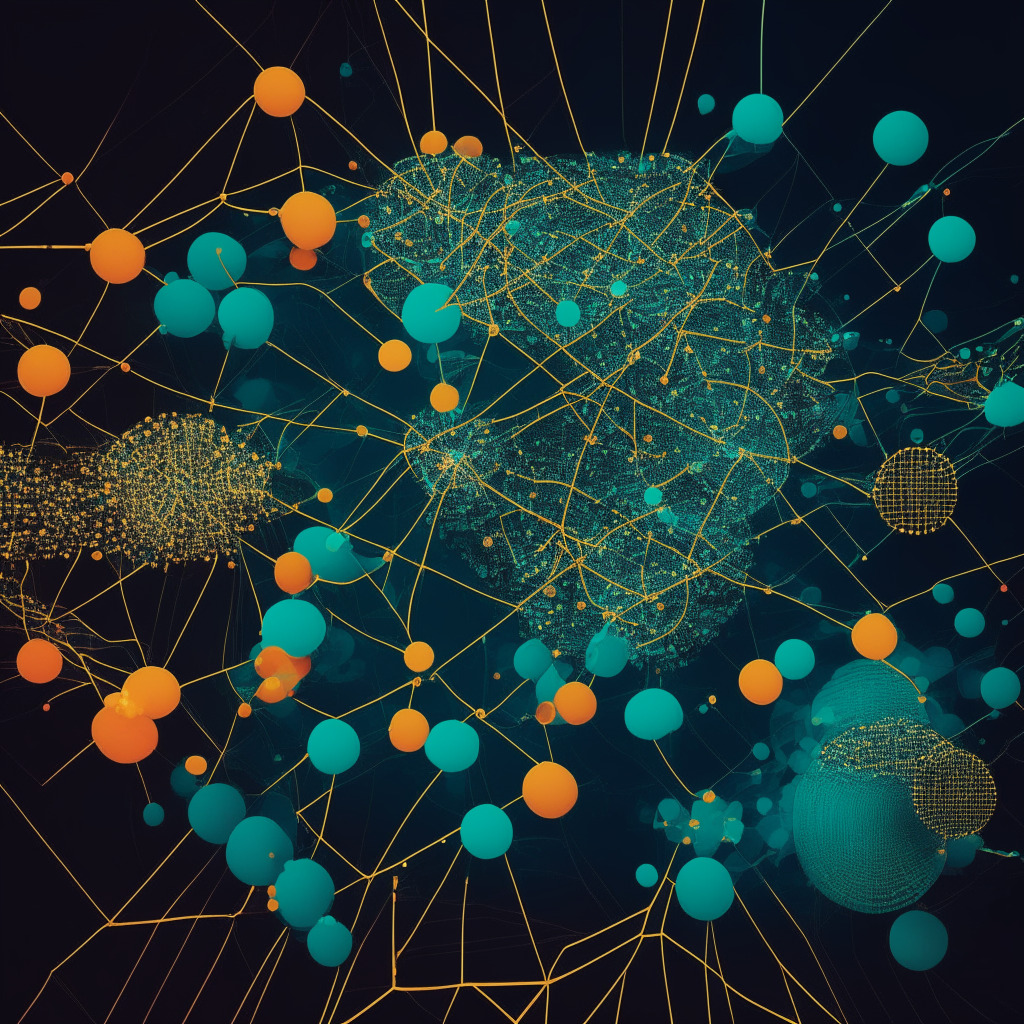Recent discoveries in neuromorphic computing by researchers from Technische Universität Dresden open up the potential for a revolutionary shift in both artificial intelligence (AI) and blockchain technology. The team employed a technique called “reservoir computing,” using a whirl of magnons for near-instant algorithmic tasks. Furthermore, they demonstrated the feasibility of neuromorphic computing on a standard CMOS chip.
This development is noteworthy because, unlike conventional computers, neuromorphic computers emulate brain activity. Rather than processing binary codes, a sequence of neurons along with the time factor are employed in these systems. This design facilitates pattern recognition and machine learning algorithms, making them innately compatible with AI and blockchain.
Despite their efficiency in number crunching, classical systems falter when it comes to pattern recognition, particularly in cases of missing or erratic data. This inadequacy leads to unnecessarily long durations in solving intricate cryptographic puzzles and renders them unfit for situations where an incomplete data set precludes a numerical solution.
On the other hand, neuromorphic computers are tailor-made for managing problems arising from insufficient information. They don’t process data points sequentially. Instead, these computers analyze data through pattern formations that function somewhat like the human brain, enabling them to tackle real-time data from the finance, artificial intelligence, and transportation industries, among others.
Nuances apart, the critically significant advantage neuromorphic computing offers relates to power consumption. Relative to both classical and quantum computing, its power consumption is remarkably low. This difference implies that the costs involved in time and energy for both operating a blockchain and mining new blocks on existing blockchains could be significantly reduced.
Moreover, the enhancement in speed for machine learning systems, particularly those interacting with real-world sensors such as self-driving cars and robots or those processing real-time data such as crypto market analysis and transportation hubs, could be substantial.
This breakthrough warrants our attention. As the domains of artificial intelligence, blockchain, and related industries continue to expand, the stride toward low power-consuming, efficient computing environments eloquently epitomizes the fusion of hardware and software engineering aimed at eliciting optimal outcomes. Still, the adoption of neuromorphic computing hinges on broader acceptance within the technology and business communities, sculpting the path to a potentially transformative technological future.
Source: Cointelegraph




